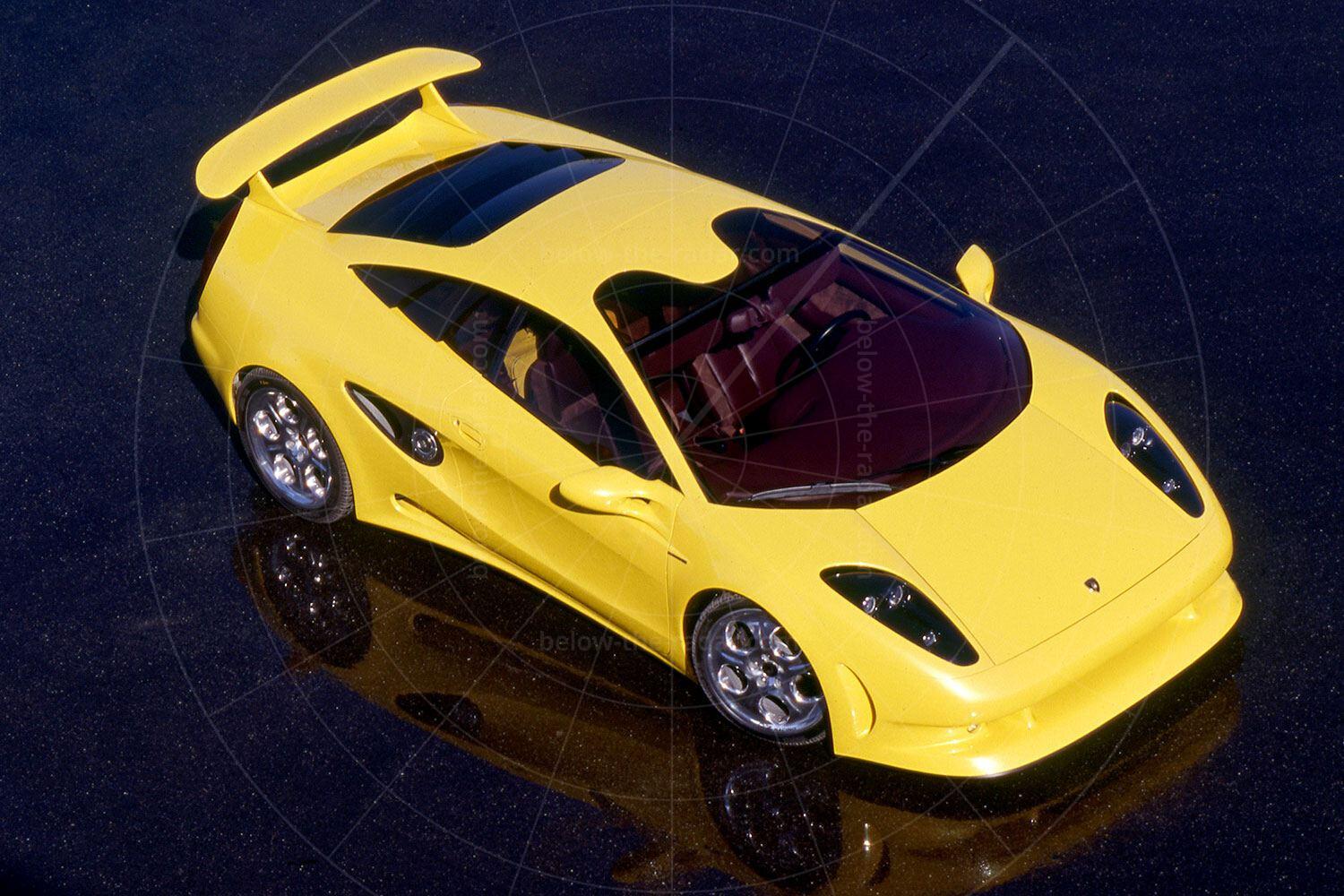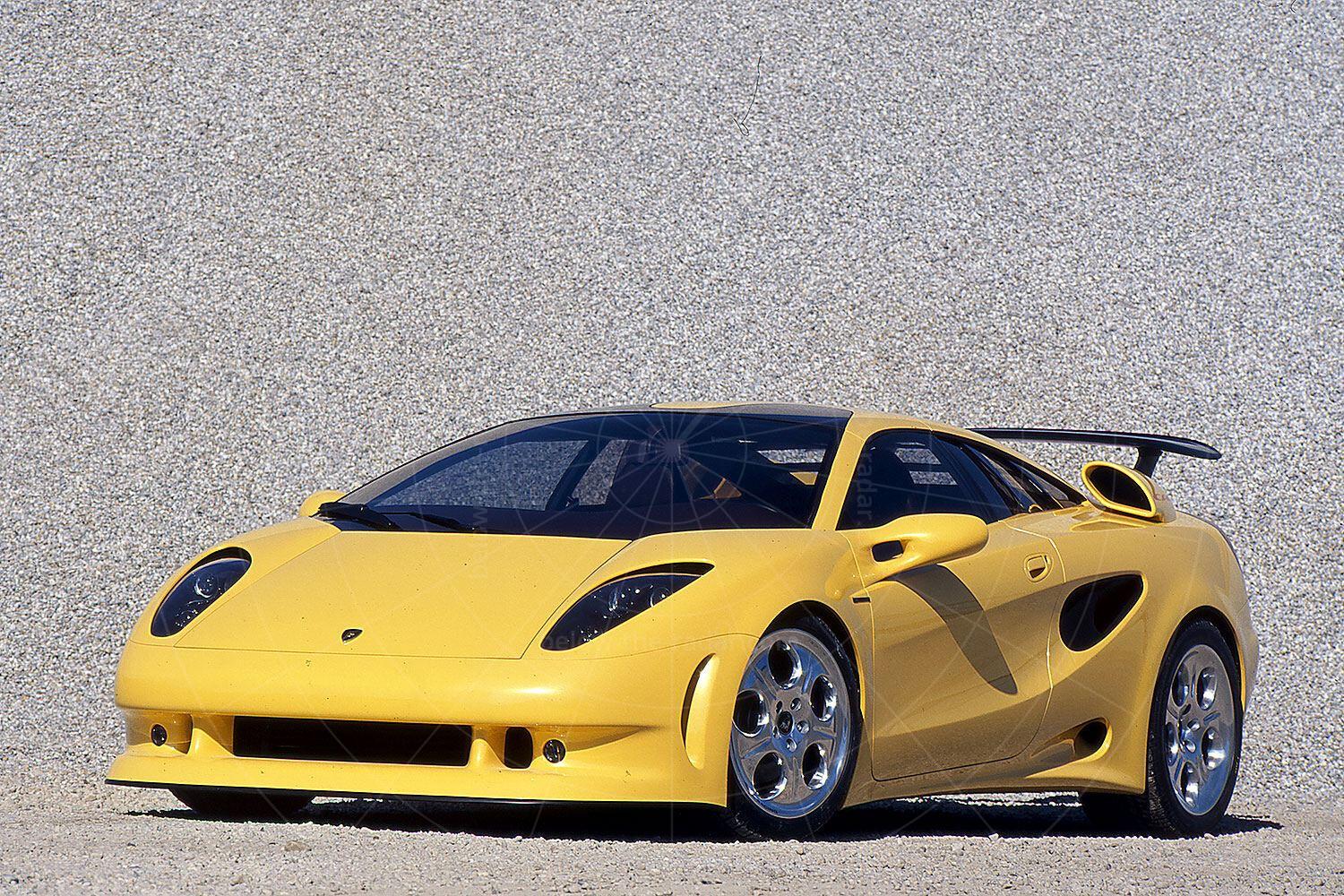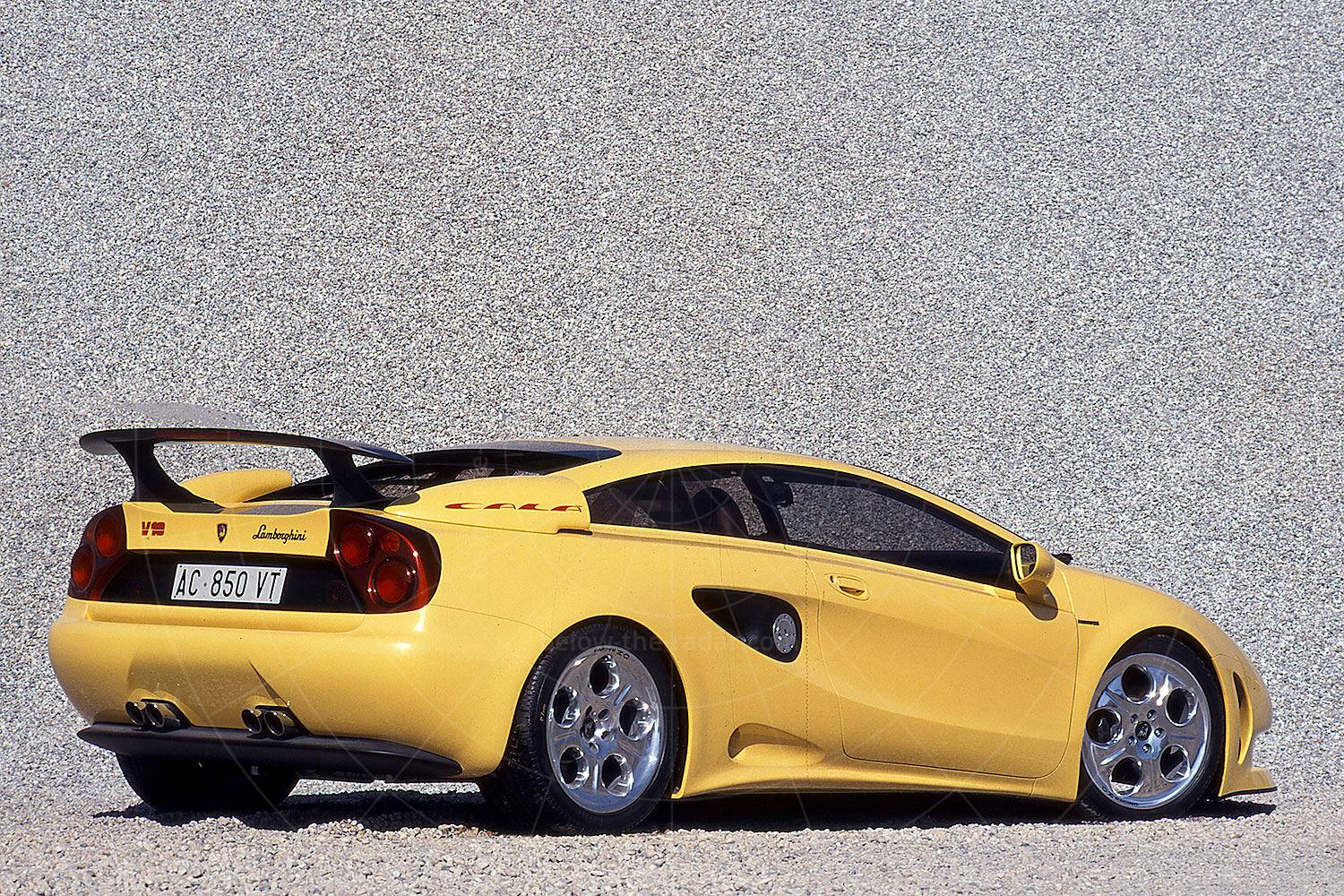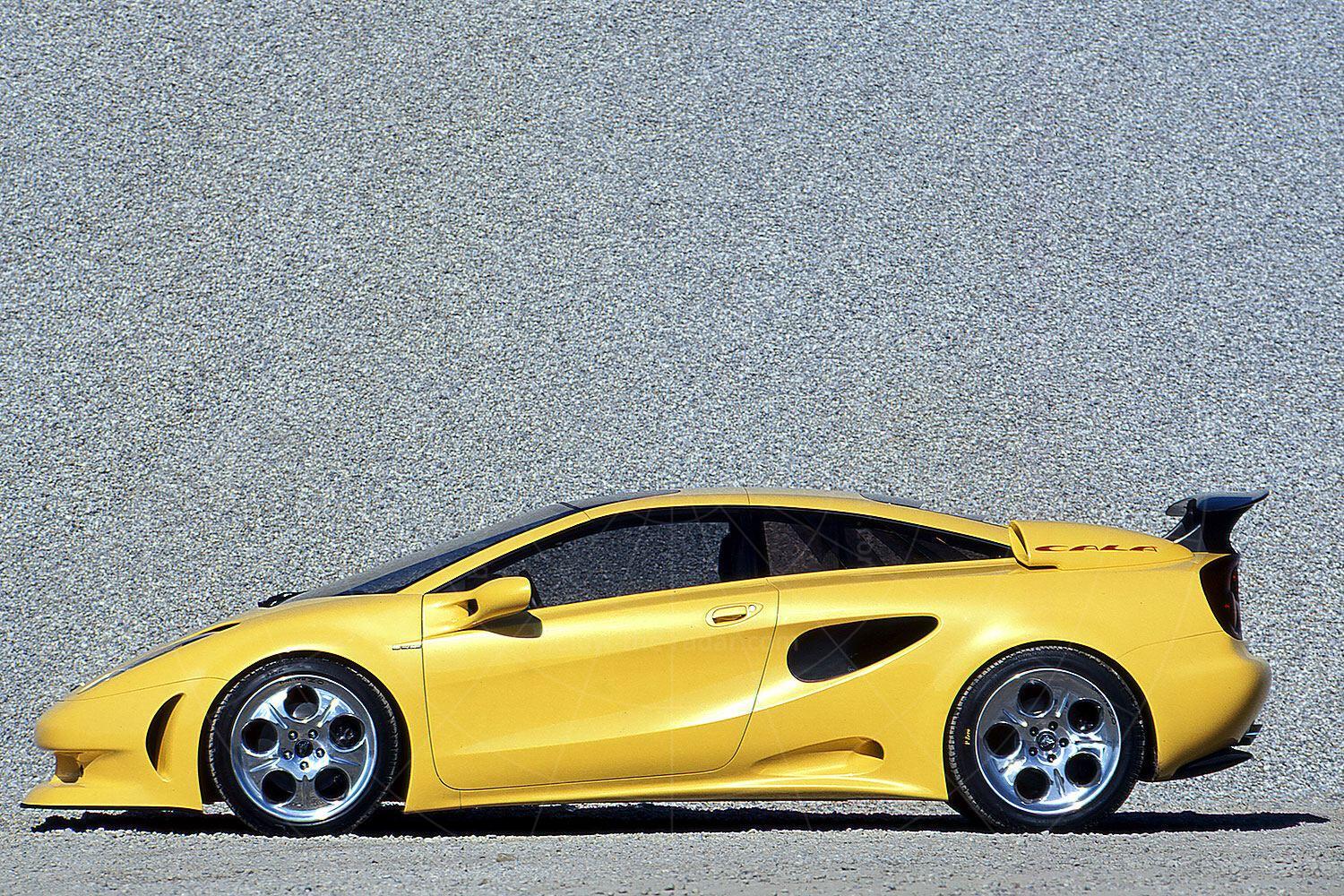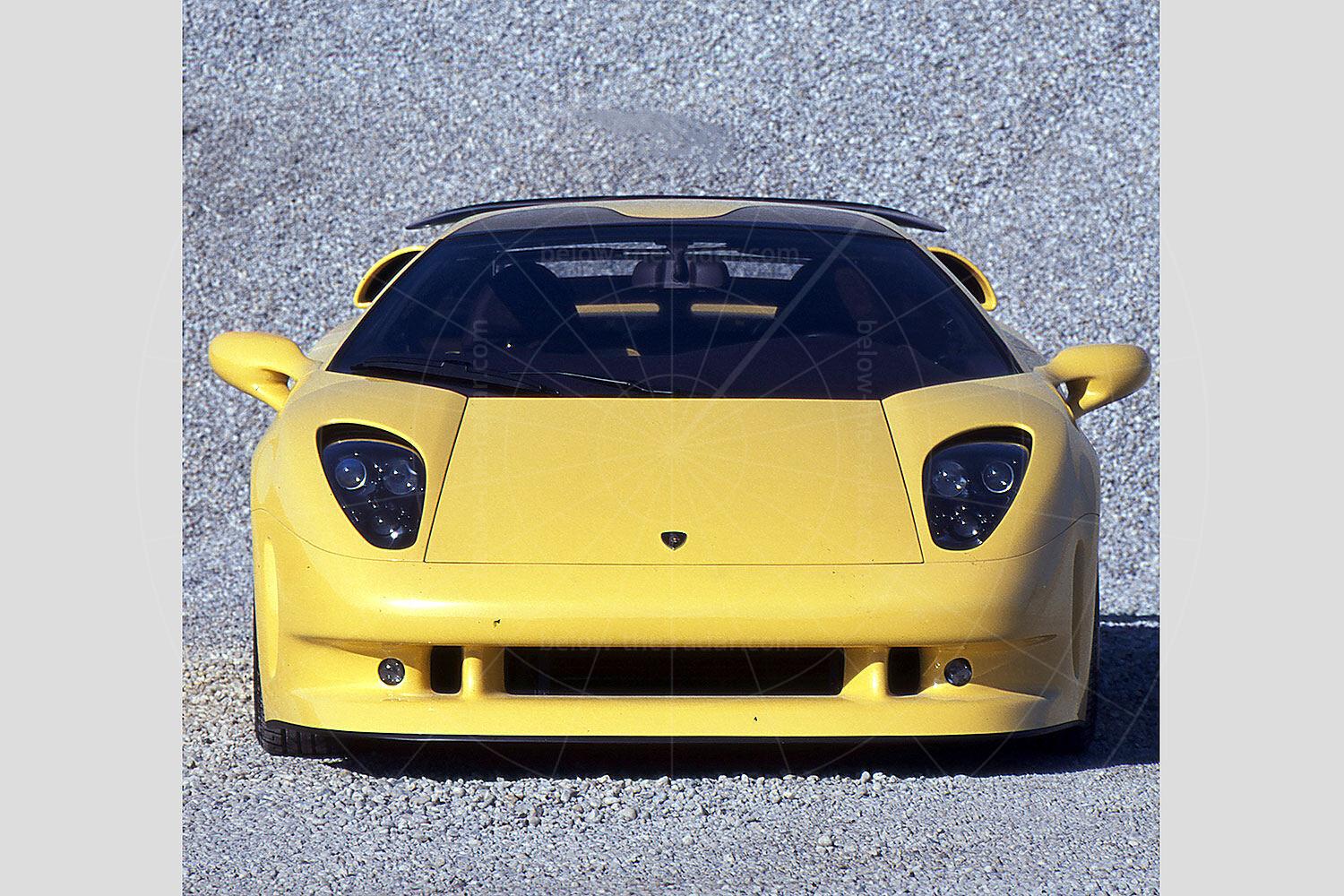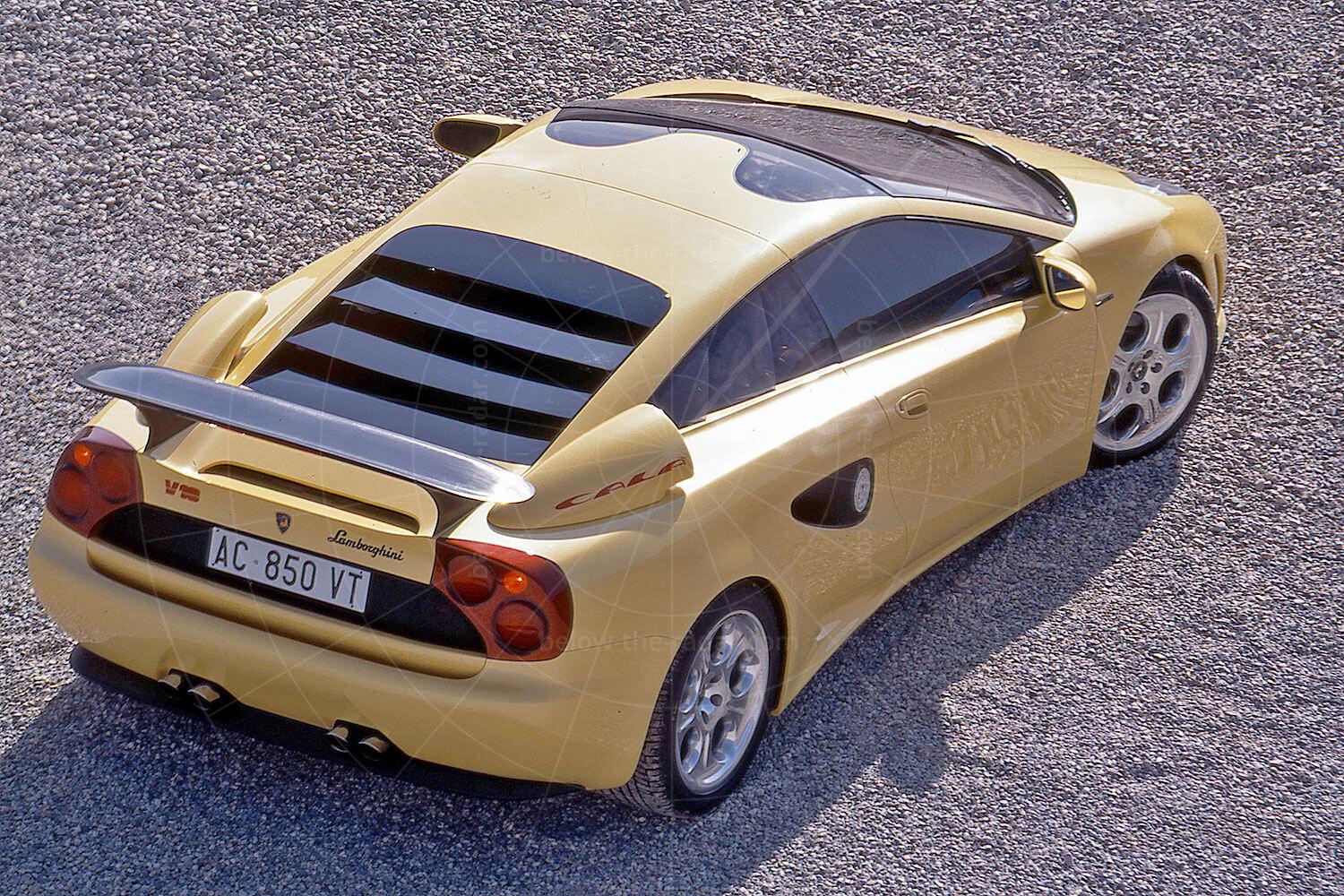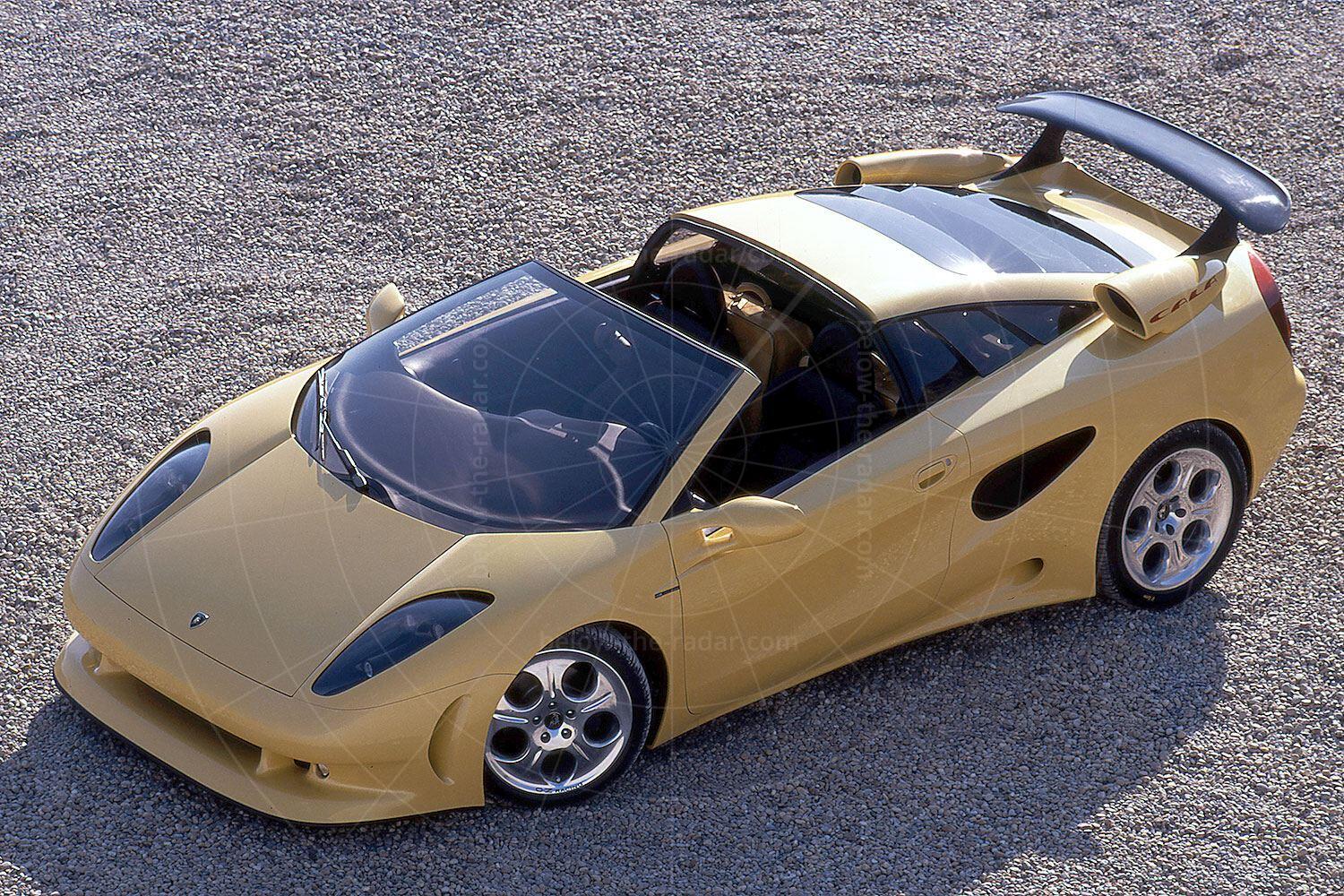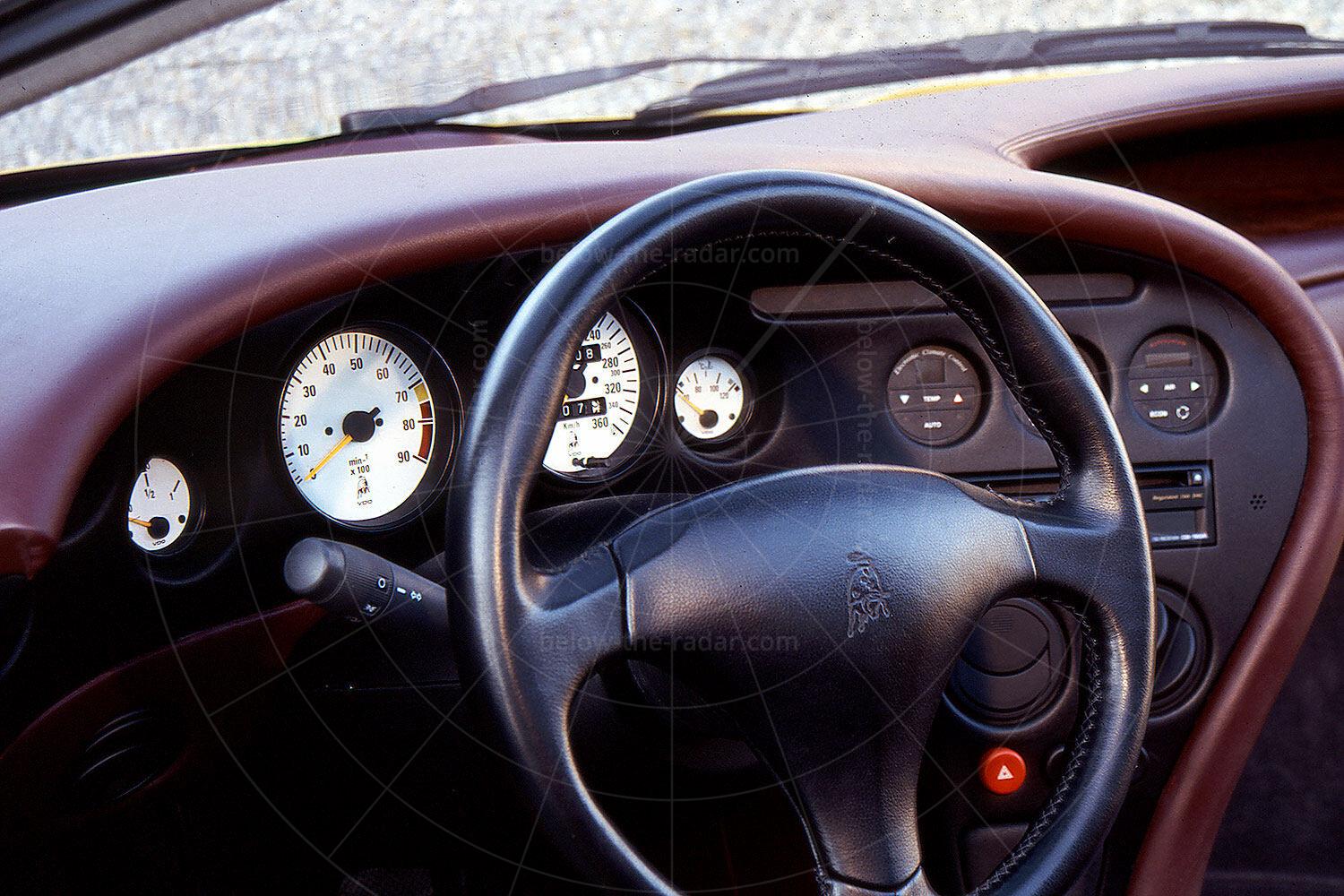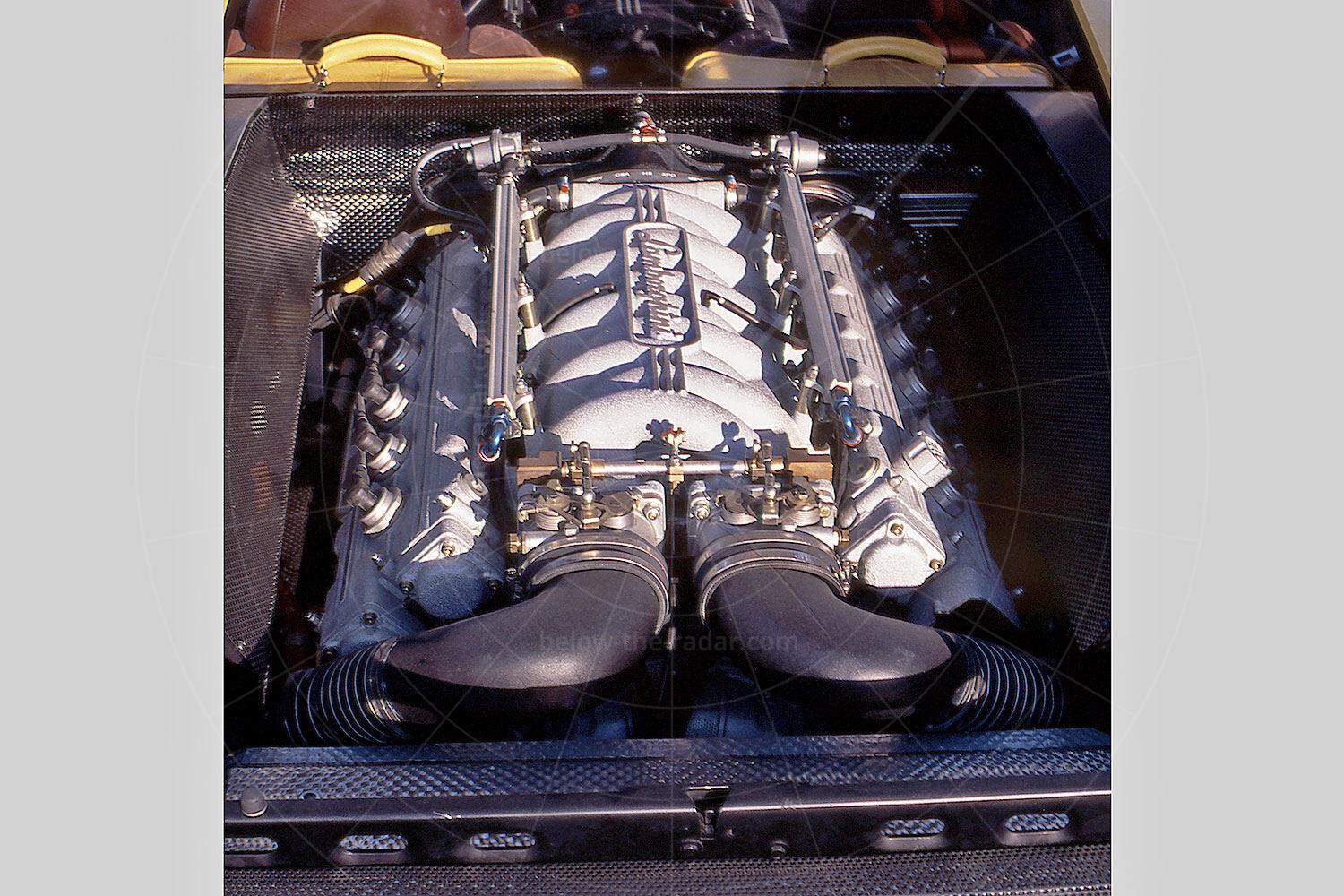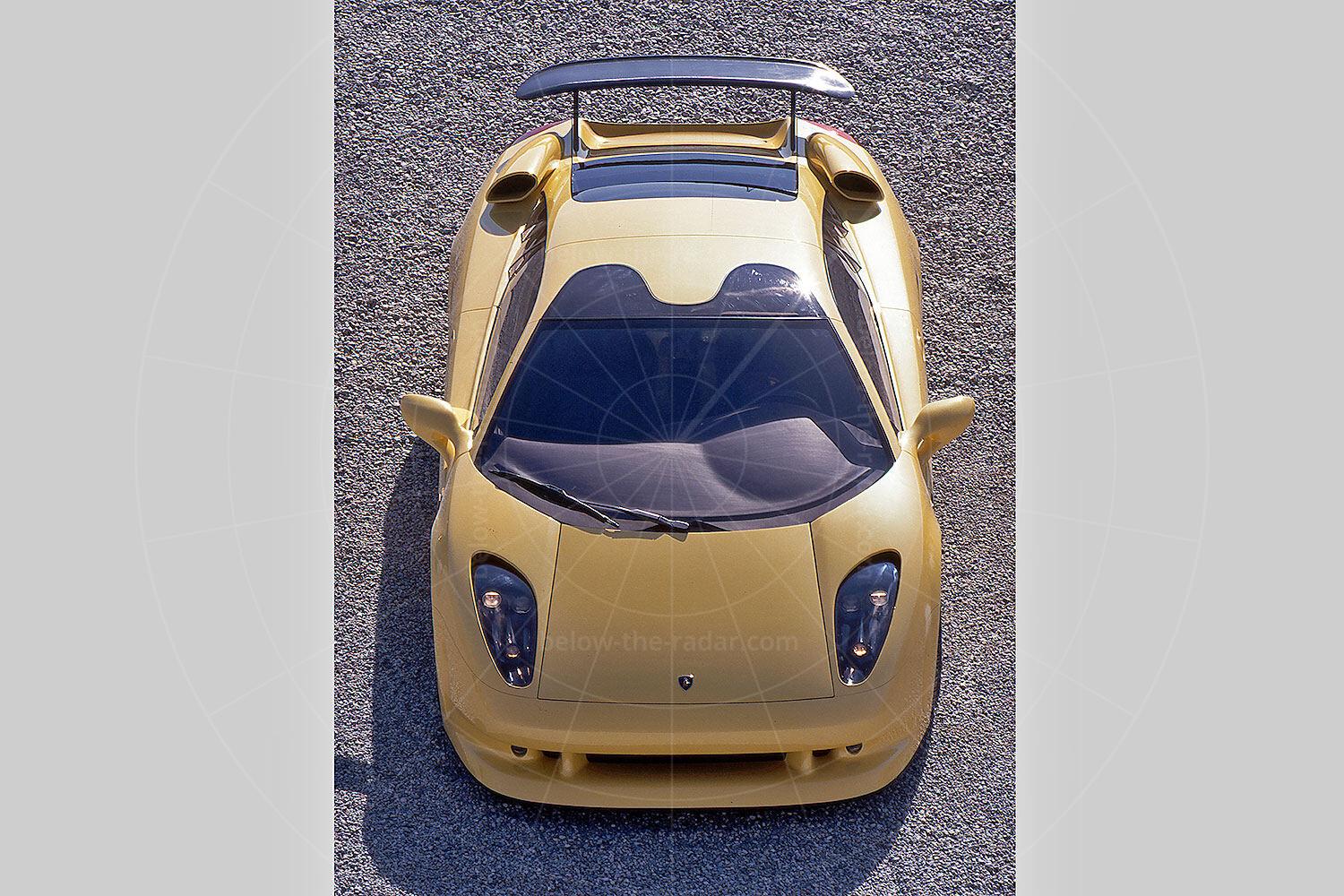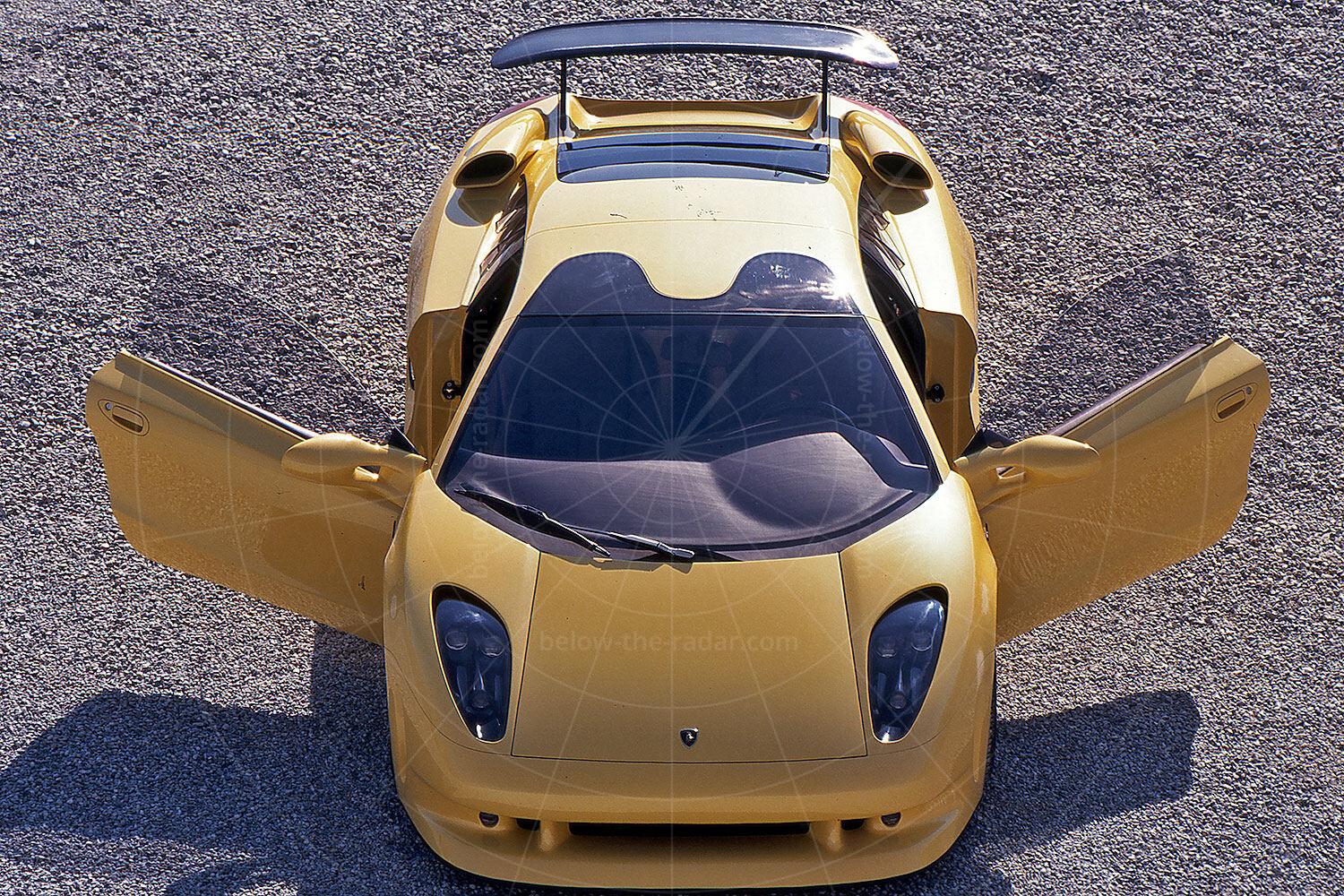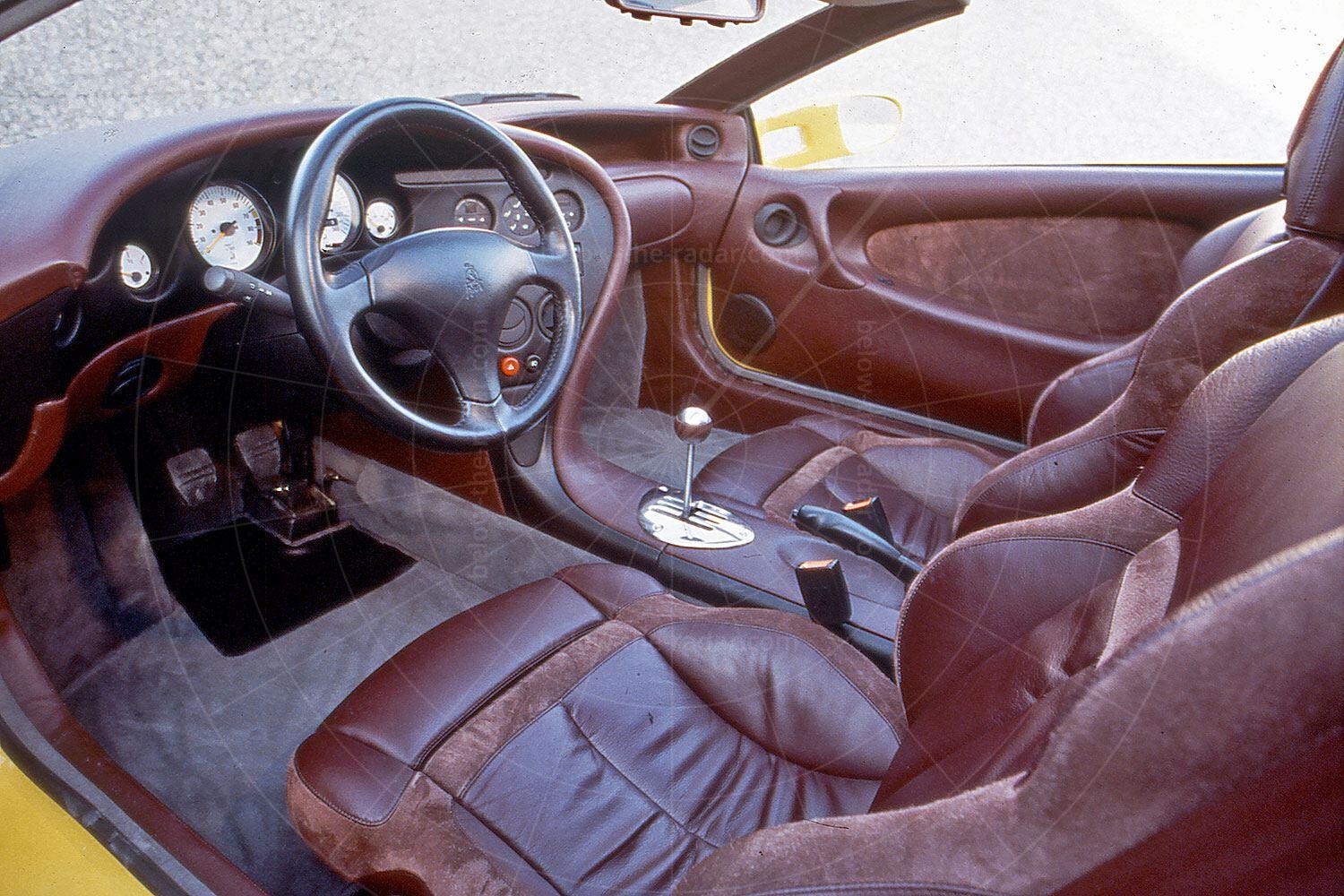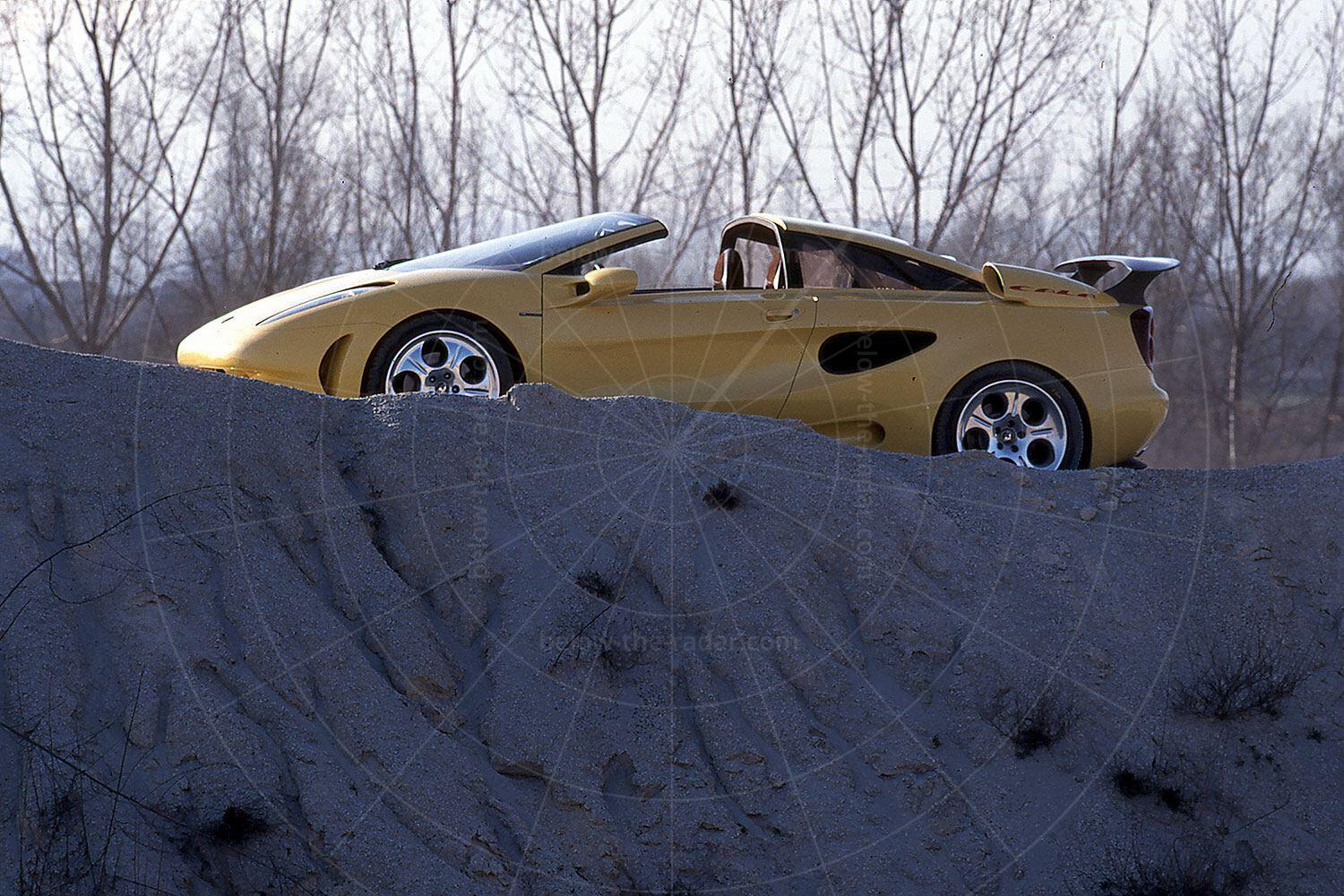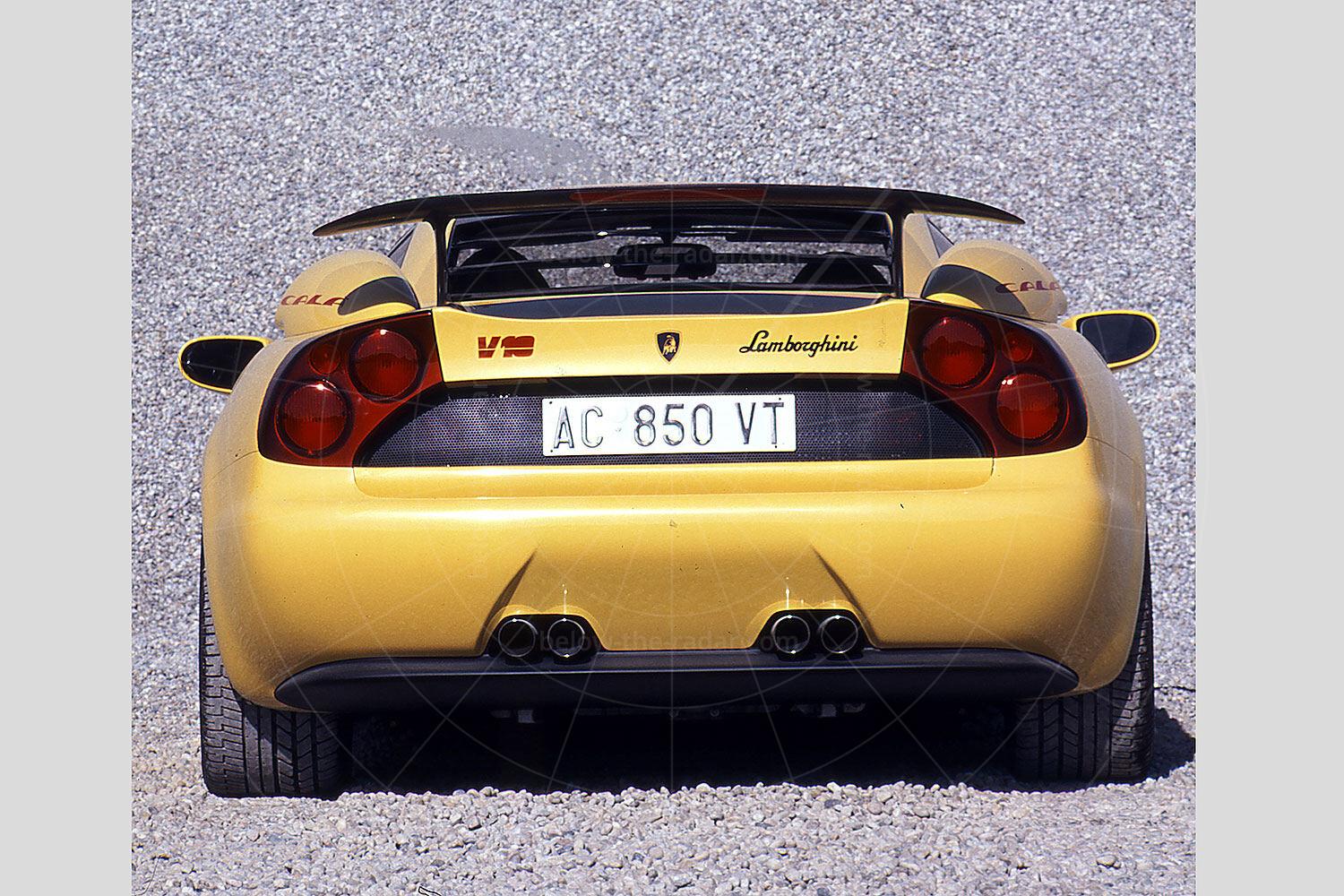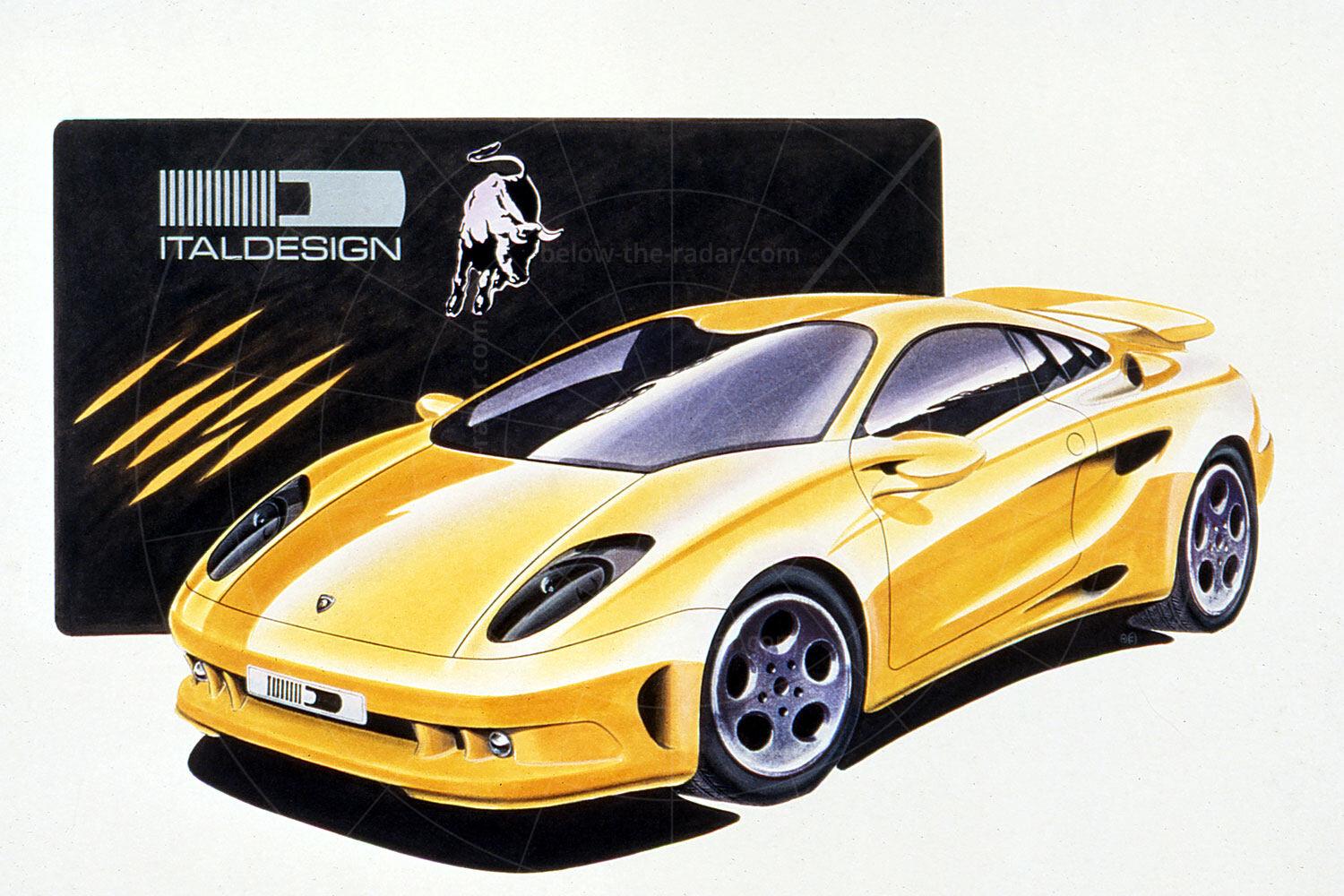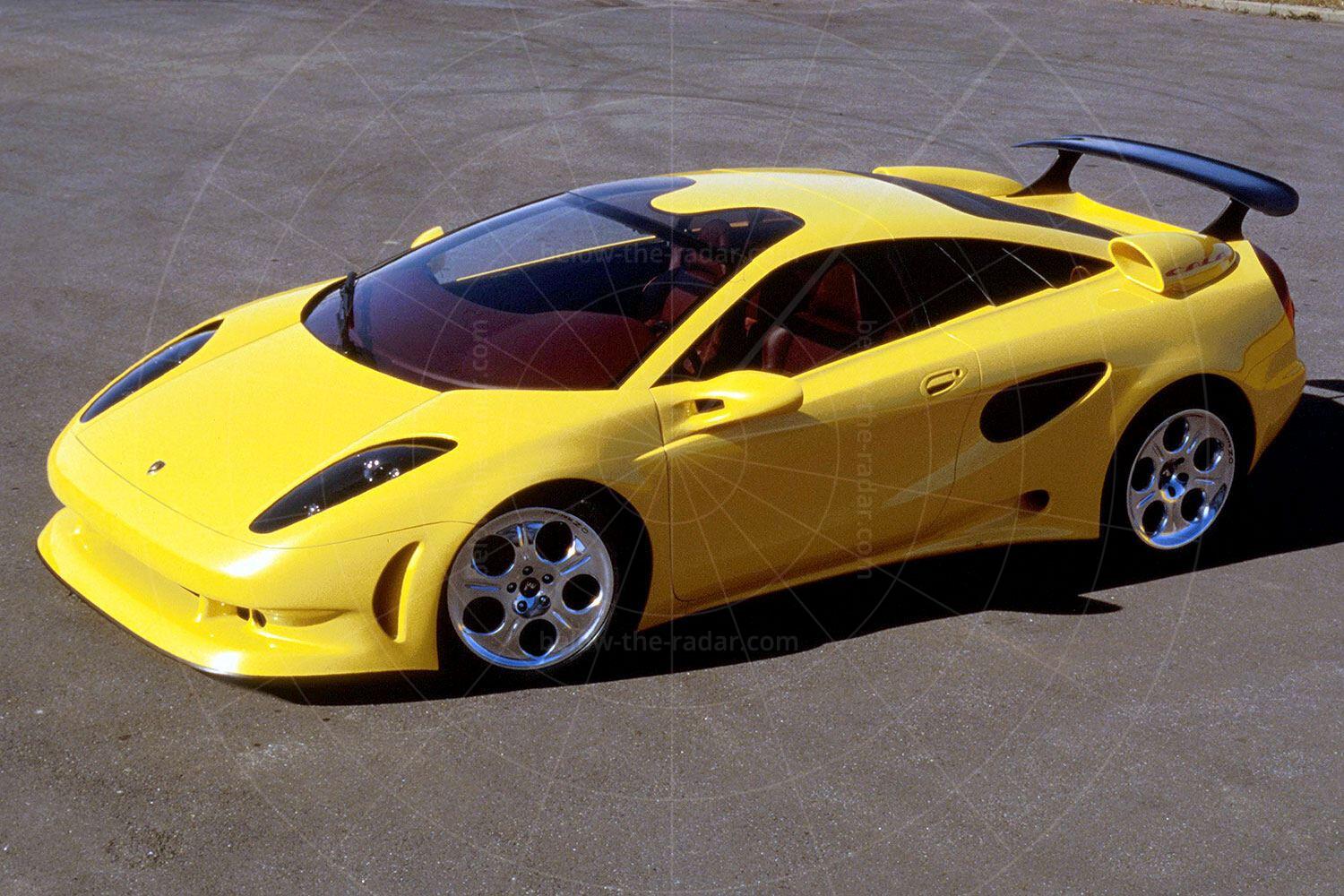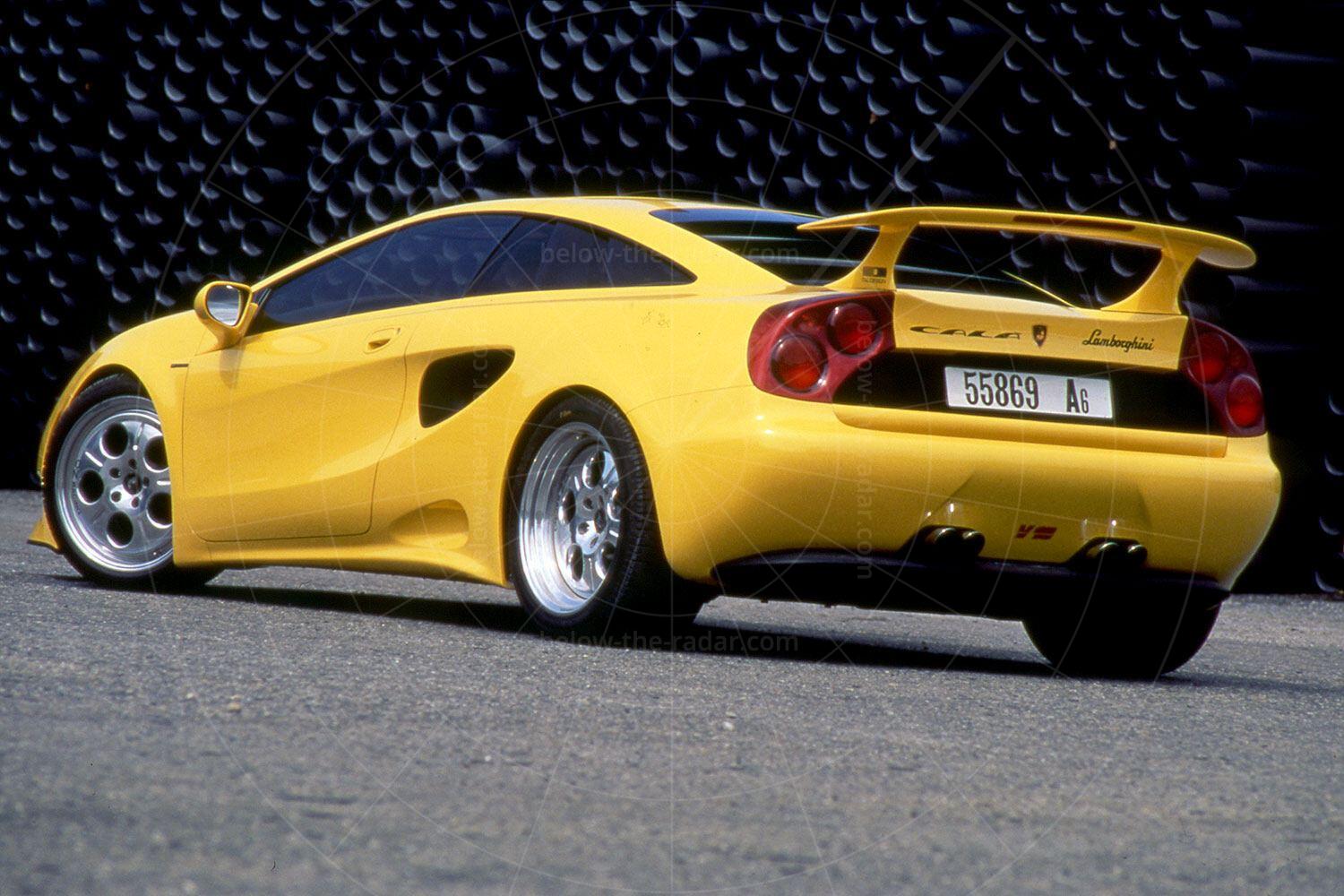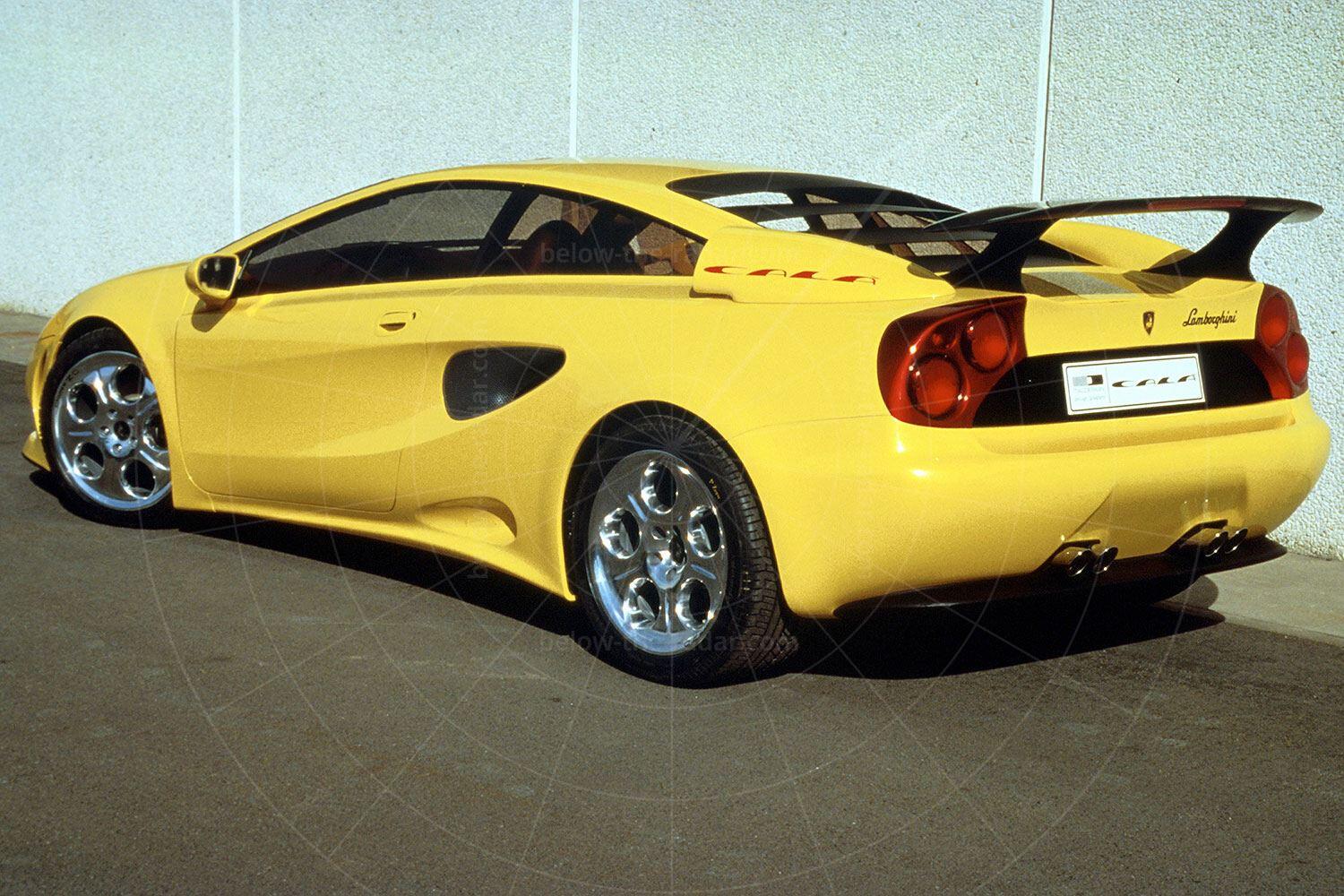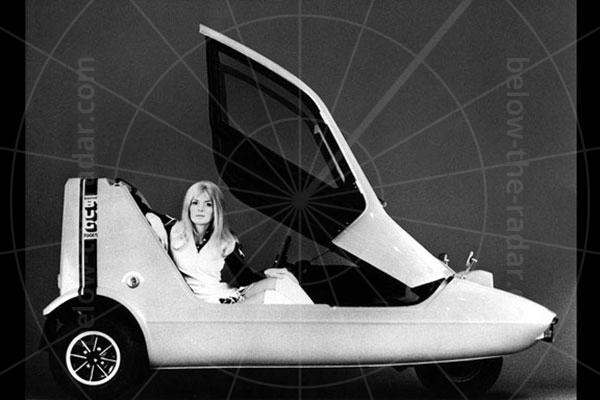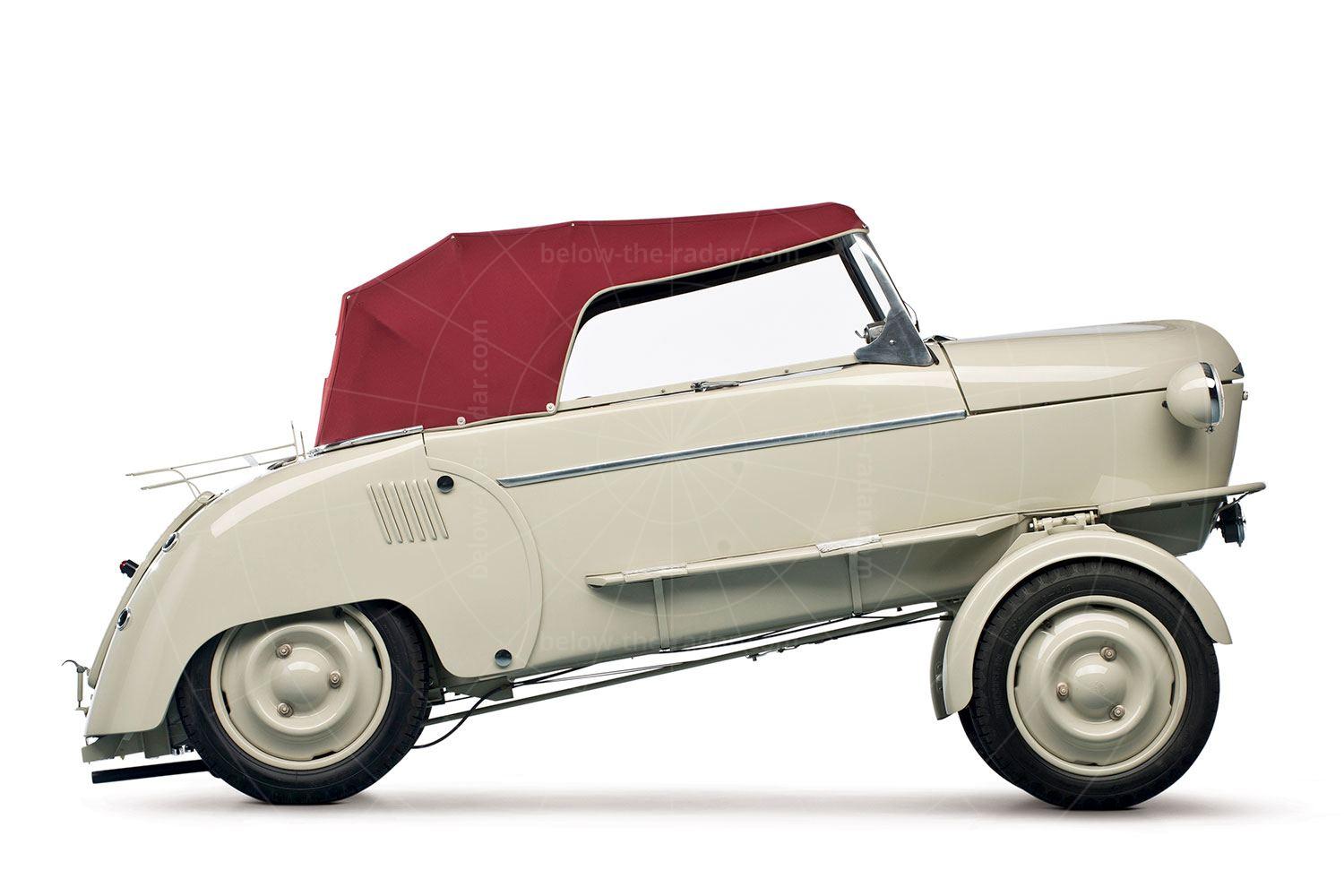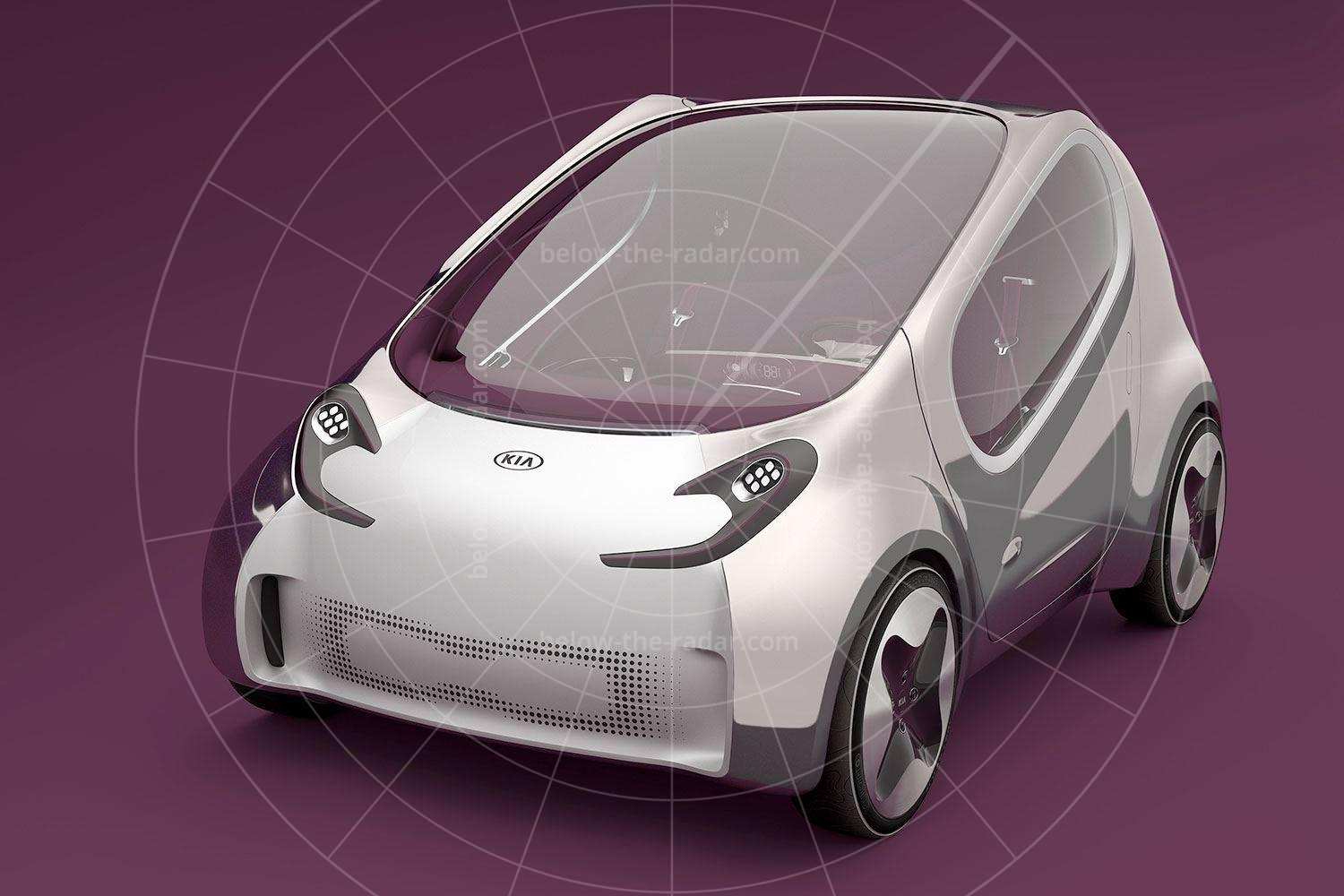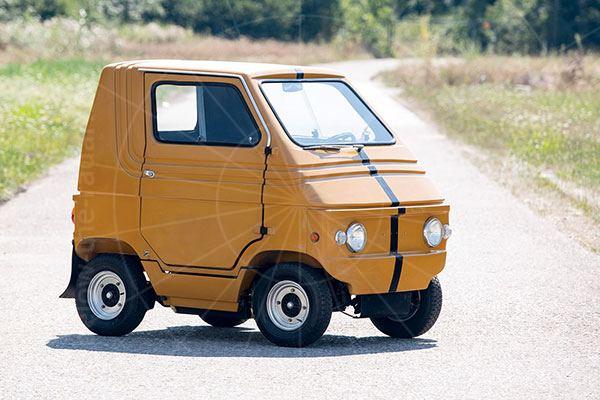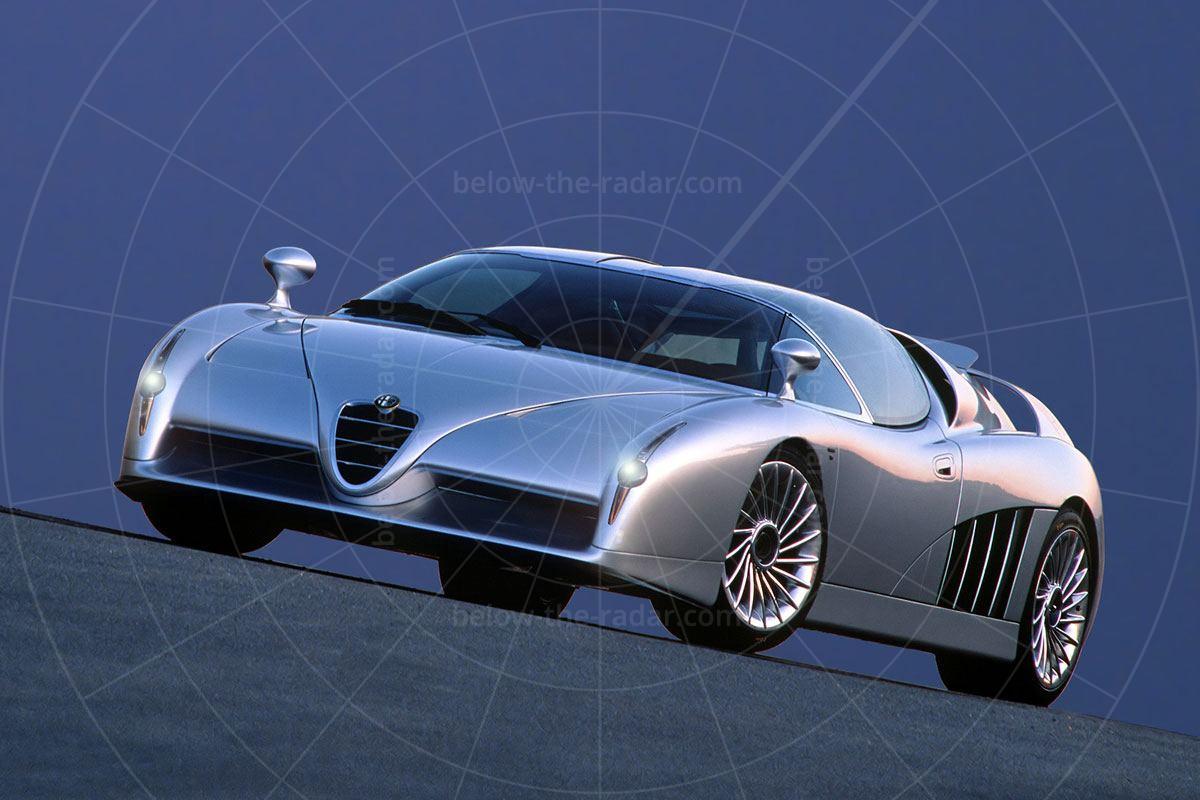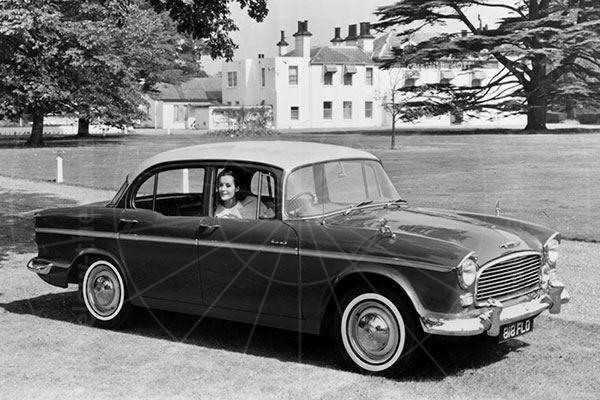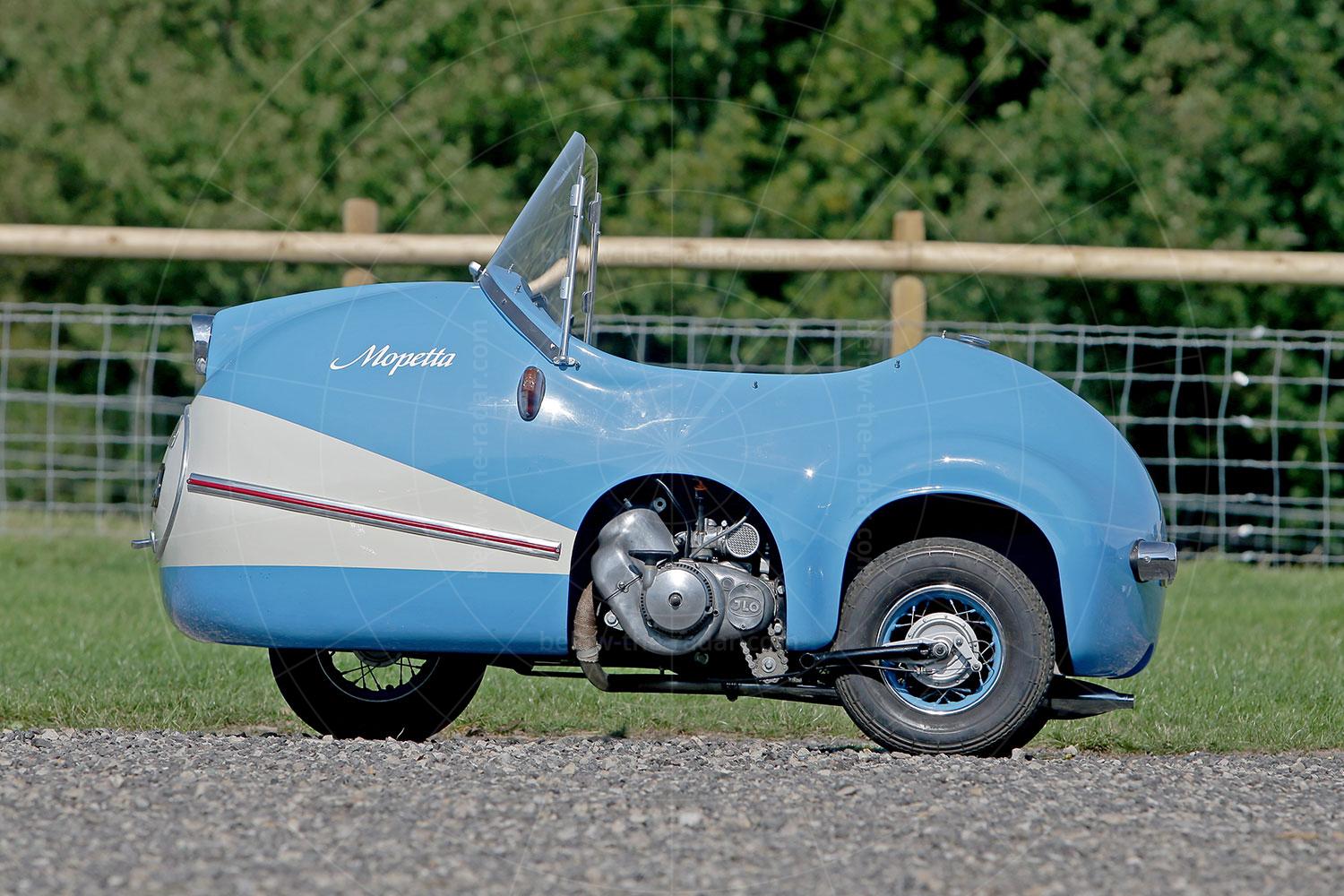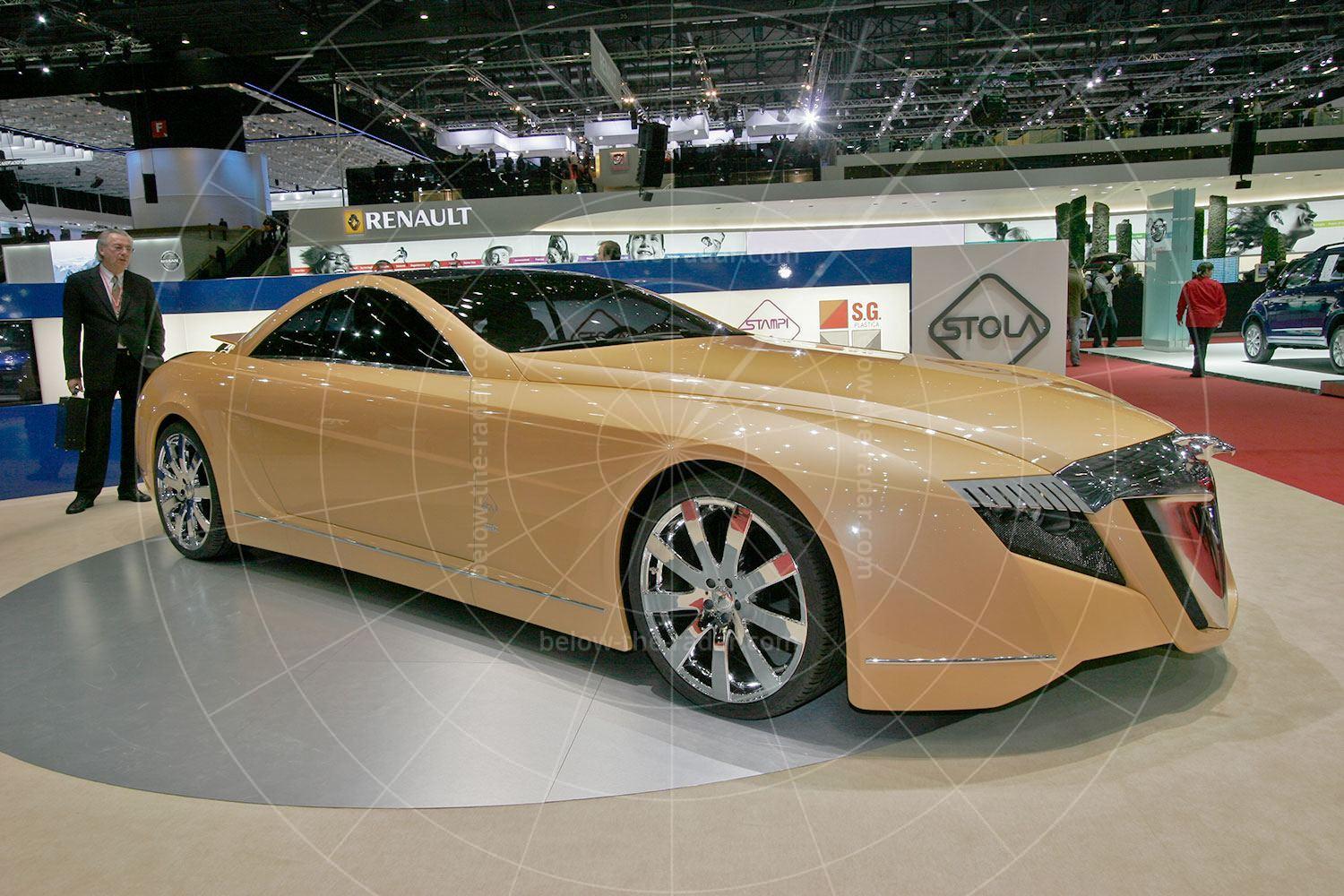Lamborghini set up shop in 1963 and suffered a tumultuous existence until its takeover by Audi in 1999. Constantly teetering on the brink of oblivion, it started to offer junior supercars from 1970, with the arrival of the V8-powered Urraco, which would be developed into the Silhouette later. In turn this would become the Jalpa; each of these models was designed to take on Ferrari’s contemporary V8 model.
Throughout the 1990s there was no junior Lamborghini though. The company was too strapped for cash to develop anything, and with only a costly V12-powered supercar on the books (initially the Countach, then the Diablo), Lamborghini was always going to struggle to expand. But expansion was what the company needed if it was survive, and in time the Gallardo would offer Lamborghini the chance to do just that. Unveiled in 2003, the V10-engined Gallardo would go on to become Lamborghini’s most successful model ever.
Back in the 1990s things weren’t quite so rosy. Indonesian-owned Lamborghini had been trying to develop a new junior supercar for years, but hadn’t got the cash to see the project through. Thanks to the efforts of Italian design studio Italdesign, things started to look a lot brighter at the 1995 Geneva motor show when the Cala concept was revealed. But despite its Lamborghini badging the car never appeared on the Lamborghini stand; it was a product of Italdesign and as such it was shown on the iconic studio’s stand instead.
Here was a fully developed supercar that could be driven at speed, was capable of accommodating two in comfort and which looked sensational, and all that was needed was the cash to put it into production. Which is where things all went wrong…
Unlike most concepts, the Cala was intended to be a preview of a usable, road-going supercar, and as such it was fully driveable. Consequently there were no technologies incorporated that weren’t fully up and running, although the body construction was pretty avant garde. Featuring a bonded aluminium monocoque with carbonfibre panels, the Cala’s construction was cutting-edge at the time. Aside from a few very low-volume hypercars, this method of construction was pretty much unknown as it was just too expensive.
As a result, if a production car had emanated from Giugiaro’s efforts, the chances are that its construction would have been somewhat less exotic, in a bid to keep build costs down. However, whatever method of construction had been chosen it would have had to offer strength with lightness, which is why Kevlar panelling may well have been the choice for production cars.
Providing performance that was anything but junior, there was a mid-mounted 3.9-litre V10 which provided a 400bhp shove; enough to give fearsome acceleration with 180mph potential. Until this point there had never been a V10 engine installed in a production road-going Lamborghini, but when the Gallardo arrived in 2003 it would offer exactly that configuration.
The V10’s prodigious power was directed solely towards the rear wheels; tthe Gallardo was four-wheel drive from the outset, although rear-wheel drive models would arrive later. The transmission was a six-speed manual affair, while reining in the horses there were ventilated discs at each end, a hefty 310mm across, so there was some serious stopping power.
Lamborghini has never been in the habit of offering cars with anything less than jaw-dropping looks, so the Cala had to offer all the drama of any previous car from the company – and then some. Clearly related to the Diablo, which had already been in production for five years by this point, the Cala featured the classic cab-forward stance of the mid-engined supercar, along with a glut of scoops, slats and spoilers to keep the engine, brakes and tyres cool. What was unusual though was the roof line; for such a short car the Cala was surprisingly tall. However, this height was essential if anybody was going to be able to fit inside. As a result the Cala was better packaged than most contemporary supercars, including the larger Diablo.
Had the Cala appeared a few years earlier, there may have been pop-up headlights, but by the mid-1990s faired-in lighting was the order of the day for aerodynamic and safety reasons. Other Lamborghini trademarks included the rather obvious rear wing as well as the ‘telephone dial’ wheels – in this case, 18-inch polished aluminium items.
What hadn’t been seen before in a Lamborghini was the roof treatment; lift-out panels meant the car was a targa design, and because those panels were made of glass, the cabin was constantly bathed in sunlight, to open it further.
As befitted a luxury sportscar, the interior was beautifully trimmed in a combination of leather and suede, featuring a mixture of claret and tan. Supportive Recaro seats offered comfort and style for those up front, while there were two token rear seats too, but they were suitable for luggage only. After all, back then a Lamborghini shouldn’t be too practical…
| Vital statistics | |
|---|---|
| Debut | Geneva, 1995 |
| Designer | Fabrizio Giugiaro |
| Engine | Mid-mounted, 3900cc, V10 |
| Transmission | 6-speed manual, rear-wheel drive |
| Power | 400bhp |
| Top speed | 180mph |
| 0-60mph | 5 seconds |

